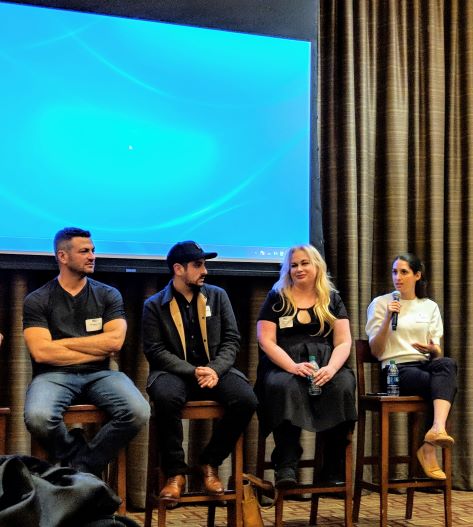
Heraclitus, a Greek philosopher, wrote more than 2,000 years ago that change is the only constant in life. We can all relate to his sentiment. This is apropos to the media business which has experienced a tsunami of changes. To cultivate coverage, a well thought out plan, strategy and skillset is required to achieve your goals.
Here’s a brief inside look at a few of the elements integral to garnering effective results in this fluctuating environment.
Consider the Span of Options
It was simpler to plan a media relations strategy in the predigital days when the media universe was comprised of far fewer outlets. Today’s modern media landscape encompasses many platforms with new ones constantly launching. It’s important to first identify and then reach out to those for which your story is a good fit.
Thoughtful consideration of the options, keeping abreast of journalists’ beats, and staying current on new shows, sections, publications, columns, etc., are important factors in determining the outlets and reporters who may be interested in your story.
Journalists may also work as independent writers or producers at their own companies. Some freelance and contribute to several different outlets on a range of topics. They too are important to consider for media opportunities.
Create the Target List
Creating the media list is a fundamental key step. There are a myriad of media to consider such as digital or internet media, podcasts, newsletters, content creators or influencers, blogs, TV, radio, newspapers, magazines, and wire services.
For example, if your product or service is geared towards consumers with a special interest, then a platform, podcast, newsletter or website intensely followed by a smaller audience may be better to approach with relevant story ideas than an outlet with a larger more general audience.
Or, perhaps the local TV news media and newspapers would be a good fit for your story and target audience. For the first year in their data, total estimated circulation revenue for publicly traded newspaper companies in 2020 surpassed advertising revenue according to this Pew Research Center report.
Monitor Changes and Evaluate New Opportunities
Note changes as media outlets close, merge, launch and get reinvented on a regular basis. New ones may be added to your target list for evaluation, inclusion and potential outreach.
For example, Puck is a new digital media company with several big-name reporters which will launch in September. Details about it are here.
These articles by media reporters for CNN, The New York Times and Axios respectively, illustrate how media opportunities continue to arise including at the Los Angeles Times, with new media ventures that have sprung up to fill voids, and due to NBC News’ major push into streaming.
NBC News NOW plans to expand its weekday live programming throughout the fall and add to its weekend live programming beginning in the first quarter of 2022.
We’ve summarized a few aspects pertinent to cultivating media coverage but there are many others to consider and ensure your goals are met. Contact us to learn how our skillset can benefit your company in these changing times.



